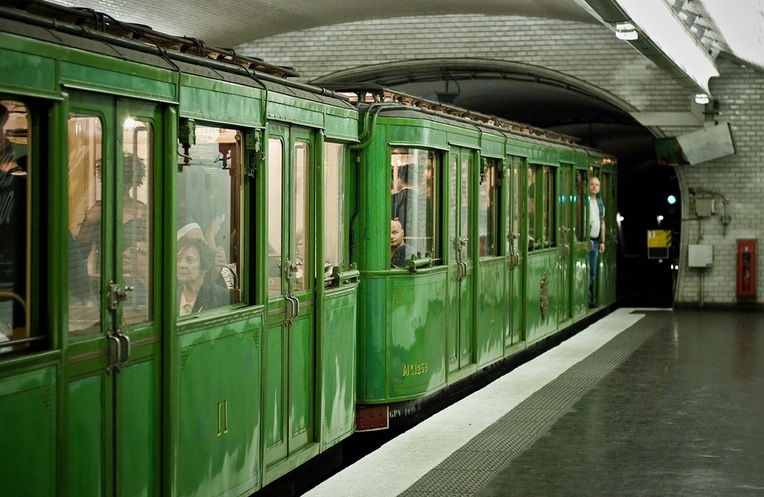
Today I pulled up an old New York Times article reporting the news that Paris’ subway system had eliminated its First and Second class carriage system. But the newspaper article wasn’t from 1950-something, it was from 1991.
Forgive me, but for someone living in a country whose national motto is “Liberté, Égalité, Fraternité”, and having traveled the metro for several years, blissfully unaware that until just over a decade ago, its class system was what most distinguished it from all other subways of the world– this was just a little surprising to me.
As trains swept into stations, the single yellow car that carried the No. 1 was always emptier than the others, offering a safe haven from crowds and wandering minstrels to anyone willing to pay 50 percent more than the price of the ordinary ticket. But this week, the cry of egalite finally went underground … first-class subway cars have been eliminated, and one of the cheapest ways of displaying social or at least economic superiority in Paris abruptly vanished…
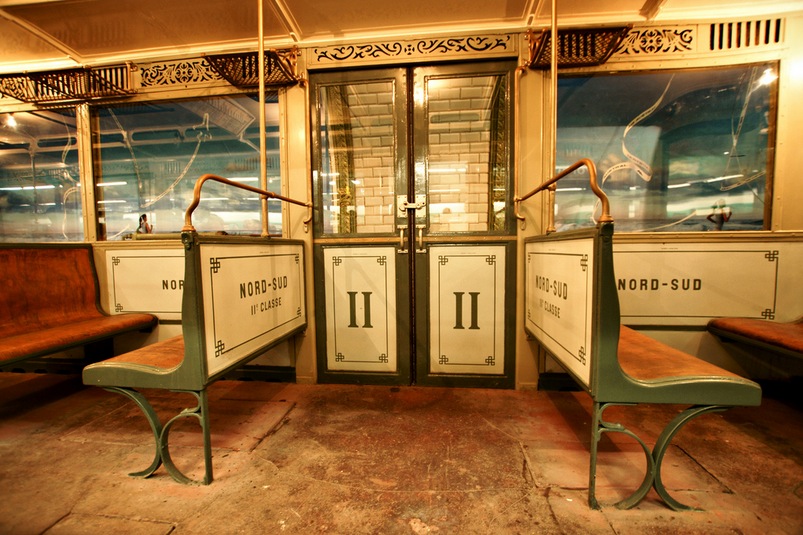
A distressed retired school mistress told the NYT reporter, “I have been going first class all my life. My parents would never let me go second class. Now I think I’ll go by bus.” A homeless man was quoted as he stepped into a former first-class car for the first time, already marked with graffiti, “This is the end of the class struggle”.
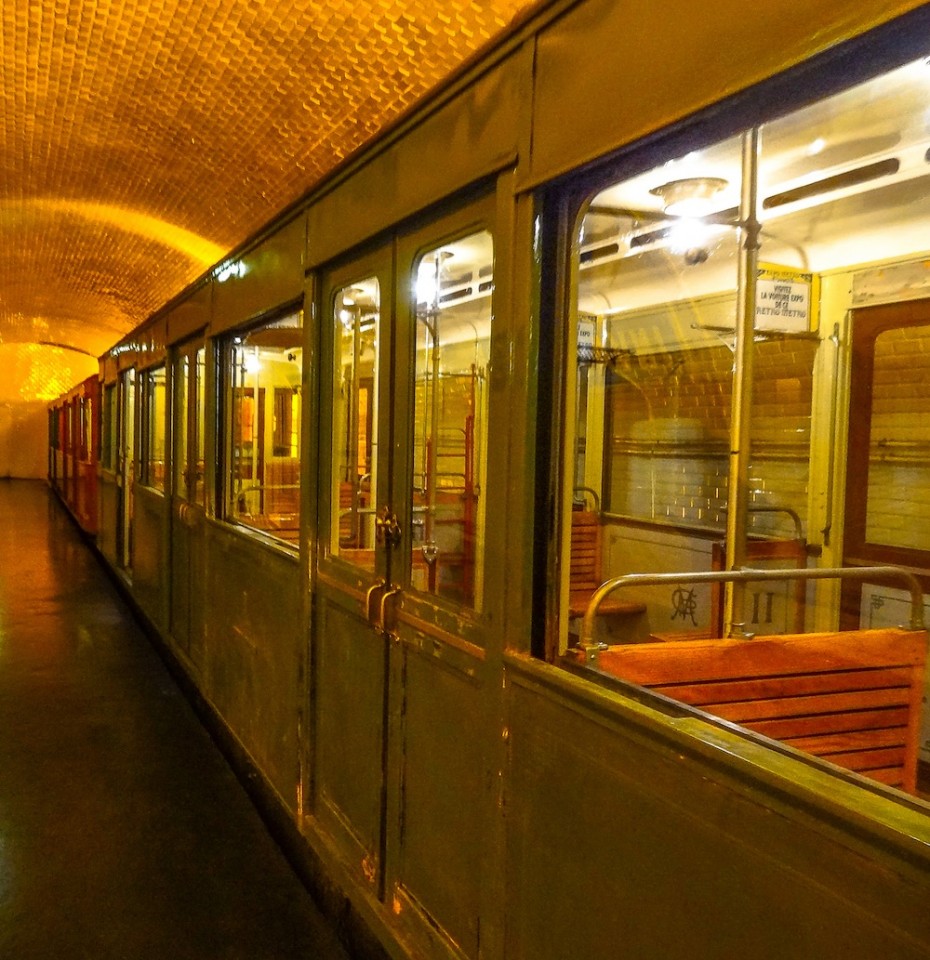
In reality, at the time of the elimination of the segregated metro, the allure of traveling first class had lost its sheen by the 1970s. Boarding a first-class car while holding a second-class ticket was not uncommon amongst passengers and easy to get away with. Since 1982, the colour-coded first class carriage had been allocated a schedule of 9am-5pm, during which time its segregational function would be in effect; outside of those hours, the car was open to all passengers.
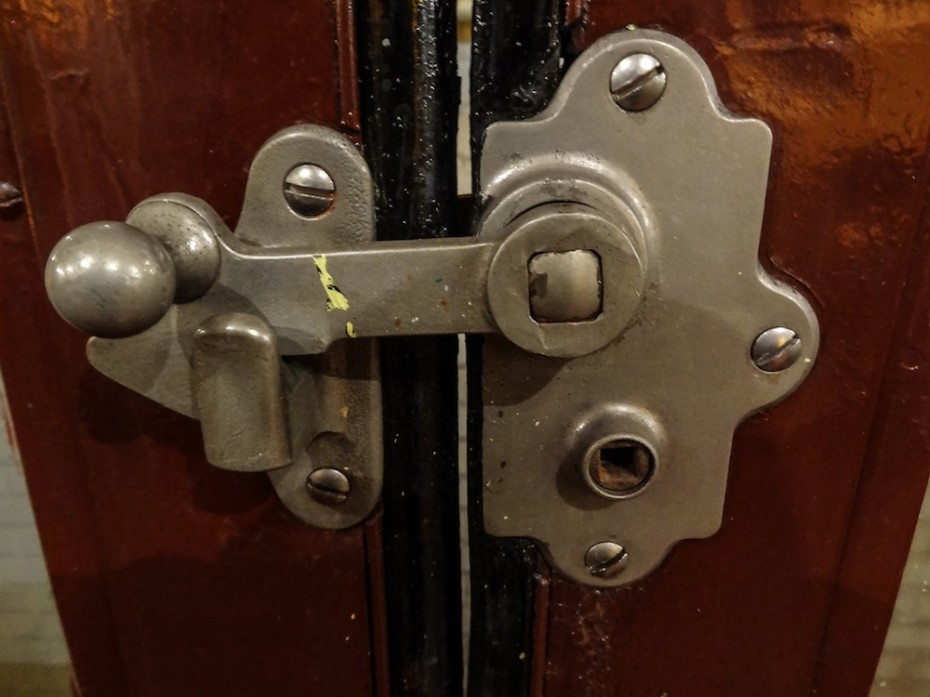
But of course there was a time when the distinction between first and second class in the Parisian underworld was very clear. Some senior citizens could even recall avoiding first-class cars during World War II to avoid the occupying Nazi soldiers that were travelling in them.
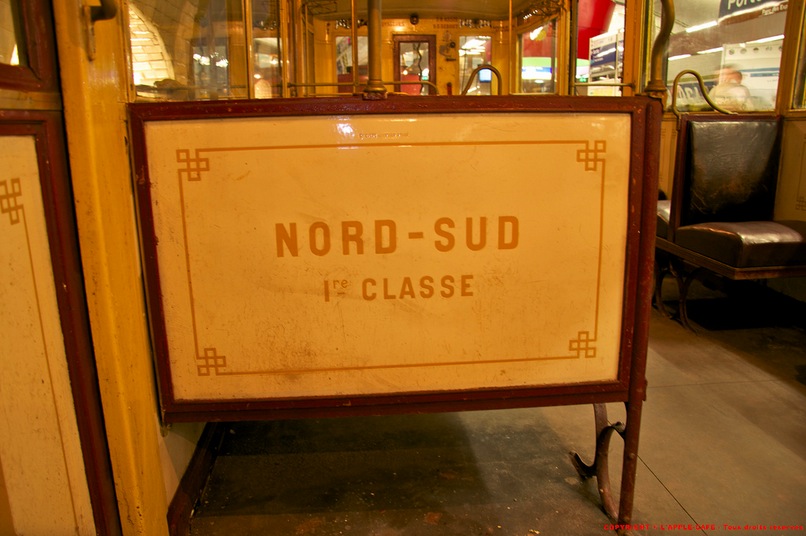
Image (c) Jean-Christophe Robin
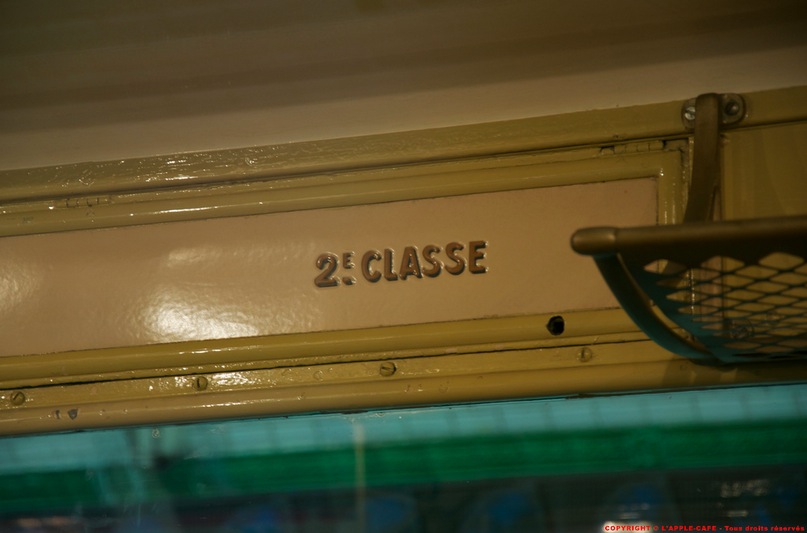
Image (c) Jean Christophe Robin
The two classes were clearly painted in different colours, red for first and and green for second, and the carriage class number was repeatedly indicated on the seat and window decals throughout the car. Seats in first were comfortable and upholstered with leather, while second-class passengers bounced around on hard wooden benches. “Class” was worth paying for, particularly during rush hour.

At the time of the transition, the NYT reported that some passengers were having trouble adjusting to the elimination of the metro’s class carriages:
The yellow car with the conspicuous No. 1 is still stopping in the middle of subway stations.”The class distinction stays in my head,” said an African immigrant who gave his name as Mr. Inombe. “I’m used to going to either end of the platform.” …
Food for thought next time you’re looking for the least crowded carriage on the Parisian metro!
Images taken on the Metro ‘open day’ Journée Patrimoine, sourced from Flickr 1, 2, 3.
















